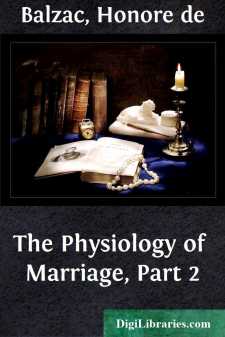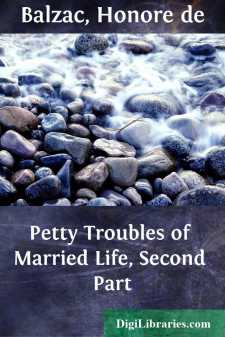Categories
- Antiques & Collectibles 13
- Architecture 36
- Art 48
- Bibles 22
- Biography & Autobiography 814
- Body, Mind & Spirit 145
- Business & Economics 28
- Children's Books 17
- Children's Fiction 14
- Computers 4
- Cooking 94
- Crafts & Hobbies 4
- Drama 346
- Education 56
- Family & Relationships 59
- Fiction 11833
- Foreign Language Study 3
- Games 19
- Gardening 17
- Health & Fitness 34
- History 1378
- House & Home 1
- Humor 147
- Juvenile Fiction 1873
- Juvenile Nonfiction 202
- Language Arts & Disciplines 89
- Law 16
- Literary Collections 686
- Literary Criticism 179
- Mathematics 13
- Medical 41
- Music 40
- Nature 179
- Non-Classifiable 1768
- Performing Arts 7
- Periodicals 1453
- Philosophy 66
- Photography 2
- Poetry 897
- Political Science 203
- Psychology 45
- Reference 154
- Religion 516
- Science 126
- Self-Help 85
- Social Science 82
- Sports & Recreation 34
- Study Aids 3
- Technology & Engineering 59
- Transportation 23
- Travel 463
- True Crime 29
Our website is made possible by displaying online advertisements to our visitors.
Please consider supporting us by disabling your ad blocker.
Pierrette
by: Honore de Balzac
Categories:
Description:
Excerpt
I. THE LORRAINS
At the dawn of an October day in 1827 a young fellow about sixteen years of age, whose clothing proclaimed what modern phraseology so insolently calls a proletary, was standing in a small square of Lower Provins. At that early hour he could examine without being observed the various houses surrounding the open space, which was oblong in form. The mills along the river were already working; the whirr of their wheels, repeated by the echoes of the Upper Town in the keen air and sparkling clearness of the early morning, only intensified the general silence so that the wheels of a diligence could be heard a league away along the highroad. The two longest sides of the square, separated by an avenue of lindens, were built in the simple style which expresses so well the peaceful and matter-of-fact life of the bourgeoisie. No signs of commerce were to be seen; on the other hand, the luxurious porte-cocheres of the rich were few, and those few turned seldom on their hinges, excepting that of Monsieur Martener, a physician, whose profession obliged him to keep a cabriolet, and to use it. A few of the house-fronts were covered by grape vines, others by roses climbing to the second-story windows, through which they wafted the fragrance of their scattered bunches. One end of the square enters the main street of the Lower Town, the gardens of which reach to the bank of one of the two rivers which water the valley of Provins. The other end of the square enters a street which runs parallel to the main street.
At the latter, which was also the quietest end of the square, the young workman recognized the house of which he was in search, which showed a front of white stone grooved in lines to represent courses, windows with closed gray blinds, and slender iron balconies decorated with rosettes painted yellow. Above the ground floor and the first floor were three dormer windows projecting from a slate roof; on the peak of the central one was a new weather-vane. This modern innovation represented a hunter in the attitude of shooting a hare. The front door was reached by three stone steps. On one side of this door a leaden pipe discharged the sink-water into a small street-gutter, showing the whereabouts of the kitchen. On the other side were two windows, carefully closed by gray shutters in which were heart-shaped openings cut to admit the light; these windows seemed to be those of the dining-room. In the elevation gained by the three steps were vent-holes to the cellar, closed by painted iron shutters fantastically cut in open-work. Everything was new. In this repaired and restored house, the fresh-colored look of which contrasted with the time-worn exteriors of all the other houses, an observer would instantly perceive the paltry taste and perfect self-satisfaction of the retired petty shopkeeper.
The young man looked at these details with an expression of pleasure that seemed to have something rather sad in it; his eyes roved from the kitchen to the roof, with a motion that showed a deliberate purpose....












